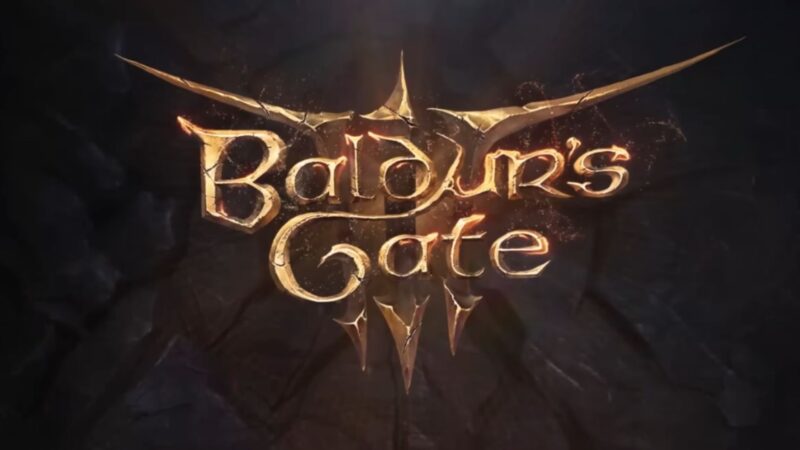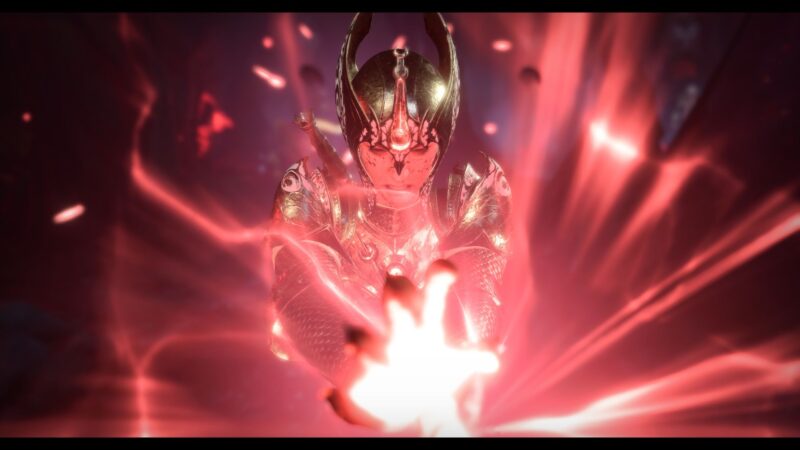Baldur’s Gate 3 has two main types of endings that greatly depend on your actions and choices throughout the game.

The number of endings in Baldur’s Gate 3 has been a topic that has seen much debate and even a year after its release. Consequently, there is no solid answer to this question. While Lairan Studios initially claimed 17,000 different endings, this number is misleading. To be more accurate, this number reflects the various permutations of endings you can get in Baldur’s Gate 3, where each ending is slightly different based on your choices in the game.
How Do BG3’s Multiple Endings Work?
There are hundreds of choices in BG3 that can have immediate consequences, and often follow-up consequences, where the fallout may not be encountered until the very end. From the beginning of the game, through Act 3, the hundreds of choices you make can seem to branch off in hundreds of different directions. However, because this is a created story for a video game, in general most threads have to come together in some fashion for the conclusion.
Baldur’s Gate 3 has two main types of endings – the good endings and the bad endings. Almost every variant of outcome falls under these two broad categories, except for a few special endings. These endings greatly depend on your interactions and choices throughout the game and on the relations you form with other characters.
In this guide, we explore the choices and their consequences that lead to the specific outcomes in Baldur’s Gate 3. If you are familiar with Dungeons and Dragons, this will be a bit easier on you. Additionally, this will cover the most important spoilers in BG3, so caution is advised.
Note: This article is subjective and reflects the writer’s opinions.
All Major Baldur’s Gate 3 endings
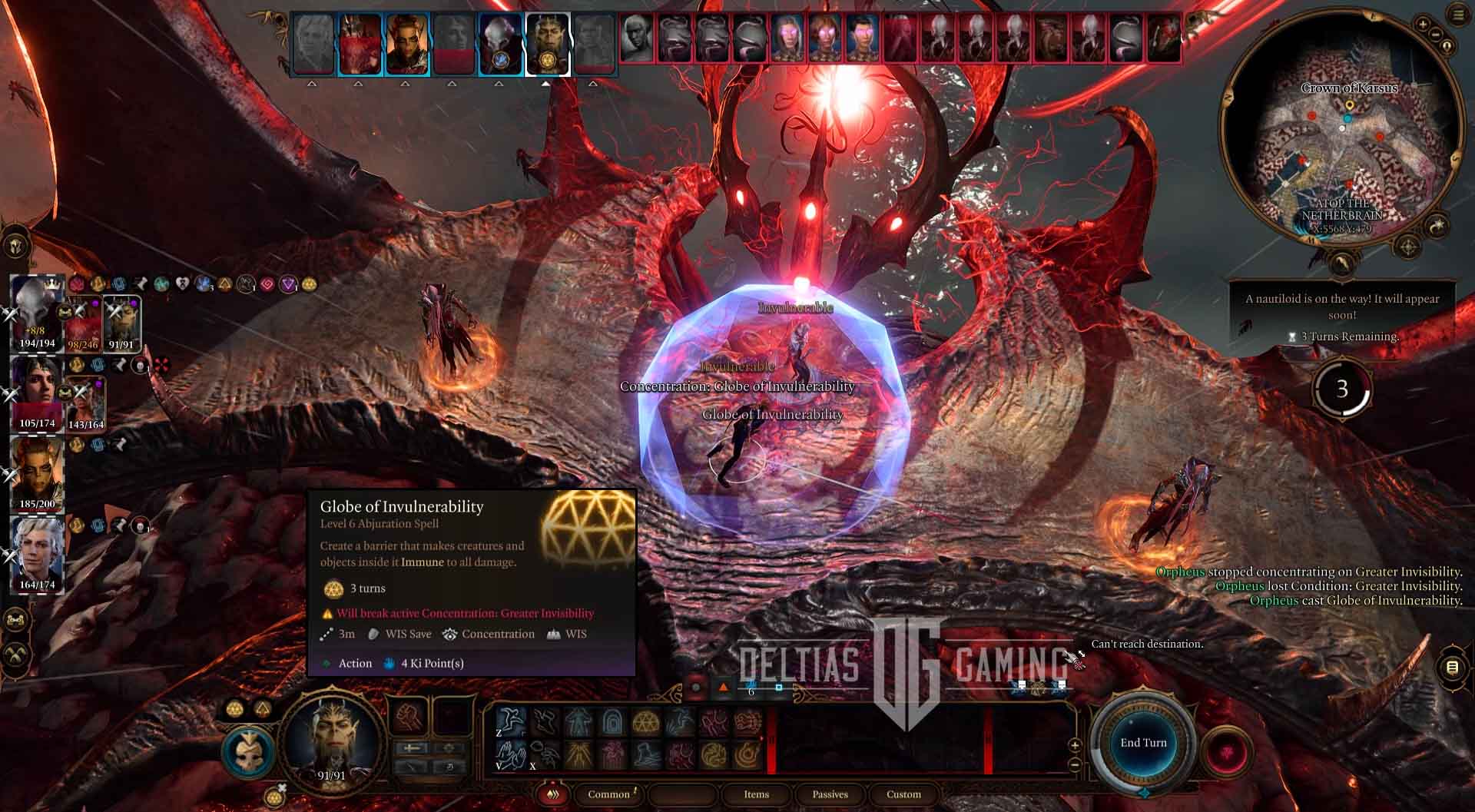
The two major types or categories of ending in Baldur’s Gate 3 are to control or destroy the Elder Brain. Depending on which general direction, you have subsequent endings involving previous decisions you made, like Dark Urge origin character, sacrificing Gale, or embracing the Tadpole or not. Even with these two main ending types (good and bad), the complex choices that lead to them can be mind-boggling. Below is a list of all major Baldur’s Gate 3 (BG3) endings explained:
- Thwarting the Absolute’s Scheme: Prevent the Mind Flayers from achieving world domination by halting their plans.
- Saving Baldur’s Gate: Protect the city from total destruction, ensuring its survival.
- Preserving Your Humanity: Resist the Mind Flayer influence to maintain your true identity and avoid transformation.
- Embracing the Mind Flayer Transformation: Succumb to the tadpole’s power and fully transform into a Mind Flayer.
- Ruling as the Absolute: Achieve ultimate power and dominate the world, but lose your humanity in the process.
- Disrupting the Natural Order: Your actions upset the balance of the world, leading to potentially disastrous consequences.
- Submitting to Bhaal: Embrace your destiny as Bhaal’s Chosen, becoming a harbinger of chaos and destruction.
- Defying Bhaal: Attempt to resist Bhaal’s influence, but ultimately fall to your darker impulses, leading to a tragic end.
- Choosing Suicide: In a bittersweet conclusion, your character takes their own life to escape the torment of the Dark Urge.
- Gale’s Sacrifice: A unique ending where Gale sacrifices himself, resulting in a powerful and emotional conclusion.
The Good Endings in Baldur’s Gate 3
To get a good ending in Baldur’s Gate 3, select to destroy the Netherbrain after weakening it with Netherstones. Defeating the Netherbrain and destroying the Illithid tadpoles is generally considered the “good” ending in Baldur’s Gate 3.
This outcome involves:
- Stopping the Absolute’s plans: This prevents the Mind Flayers from taking over the world.
- Saving Baldur’s Gate: The city is spared from destruction.
- Preserving your humanity: You resist the Mind Flayer influence and maintain your identity.
These “properties” are what majorly encompasses the good ending, and you can get several kinds of endings based on your choices throughout the game. We consider this to be a good ending because this outcome mostly aligns with the traditional heroic deed.
The Bad Endings in Baldur’s Gate 3
To get the bad ending in Baldur’s Gate 3, select the control of the Netherbrain after weakening it with Netherstones. Becoming the Absolute is generally considered the “bad” ending in Baldur’s Gate 3.
The key properties of Bad Endings in Baldur’s Gate 3 are:
- Embrace the Mind Flayer: You fully succumb to the tadpole’s influence and become a Mind Flayer.
- Dominate the world: As the Absolute, you rule over all, but at the cost of your humanity.
- Destroy balance: Your actions disrupt the natural order of things, leading to potentially catastrophic consequences.
Once again, there are a ton of different variations of the Bad Endings that you can get in Baldur’s Gate 3. Most of them will adhere to these properties, and the intricacies will revolve around your relationship with other characters in the game.
Special endings in Baldur’s Gate 3
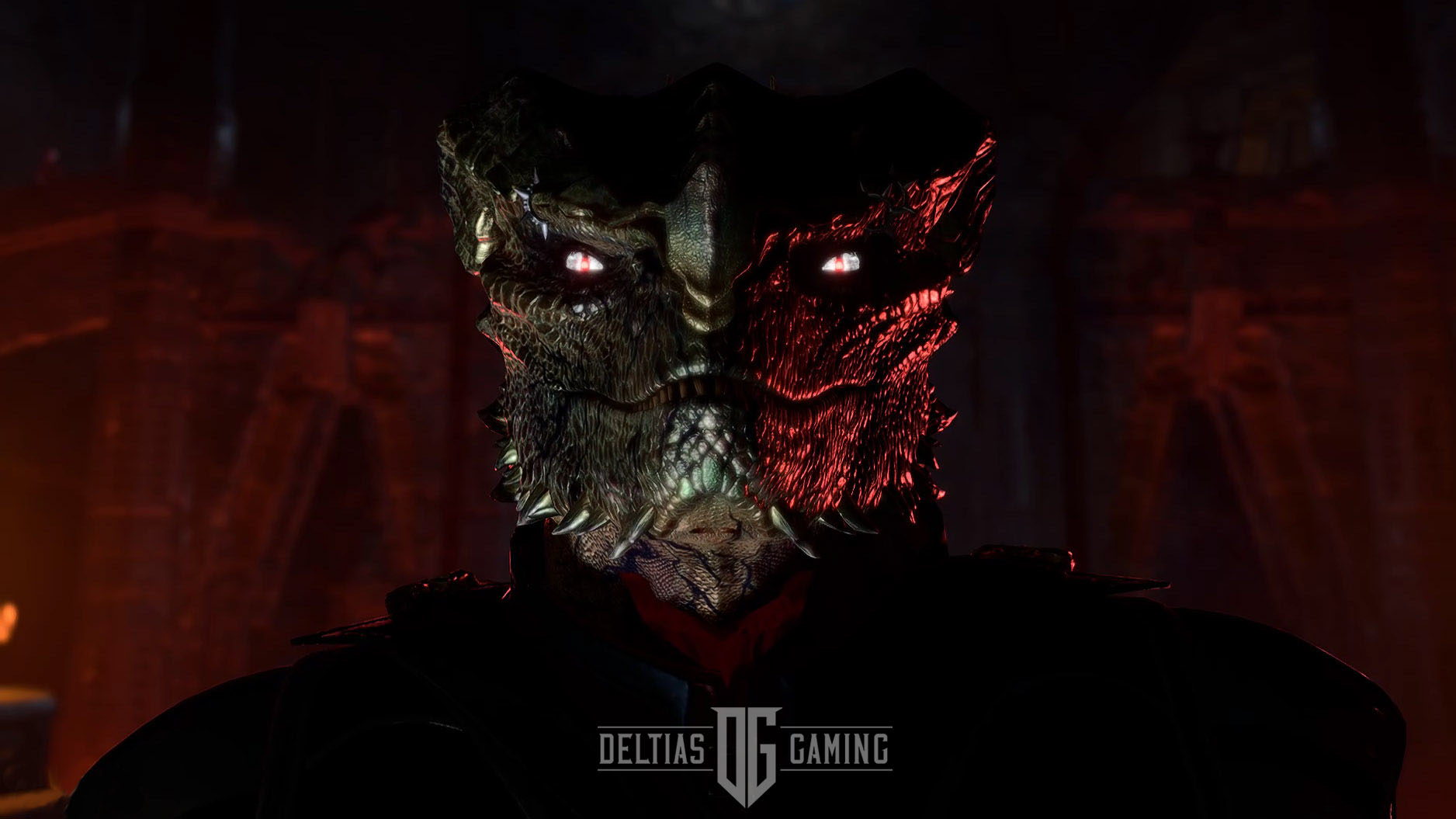
There are two “special” endings in Baldur’s Gate 3. These are complex to define, and they morally fall into the bad endings category. However, they work differently and have significant differences in terms of the core elements.
Here are the two special endings in Baldur’s Gate 3:
The Dark Urge Ending

The Dark Urge ending in Baldur’s Gate 3 is a complex one, with multiple variations depending on your choices throughout the game. Essentially, it revolves around the character’s struggle with their inner demons and the influence of the Dark Urge itself.
Key elements of the Dark Urge ending:
- Submission to Bhaal: This is the most dramatic and evil path, where the character fully embraces their role as Bhaal’s Chosen and becomes a vessel for destruction and chaos.
- Defiance of Bhaal: A more complex path where the character resists Bhaal’s influence but ultimately succumbs to their own dark desires, leading to a tragic downfall.
- Suicide: A bittersweet ending where the character, unable to control the Dark Urge, takes their own life to escape its torment.
It’s important to note that the Dark Urge ending is heavily influenced by the player’s choices throughout the game. Actions taken, relationships built, and moral decisions all impact the final outcome.
Gale’s Sacrifice ending
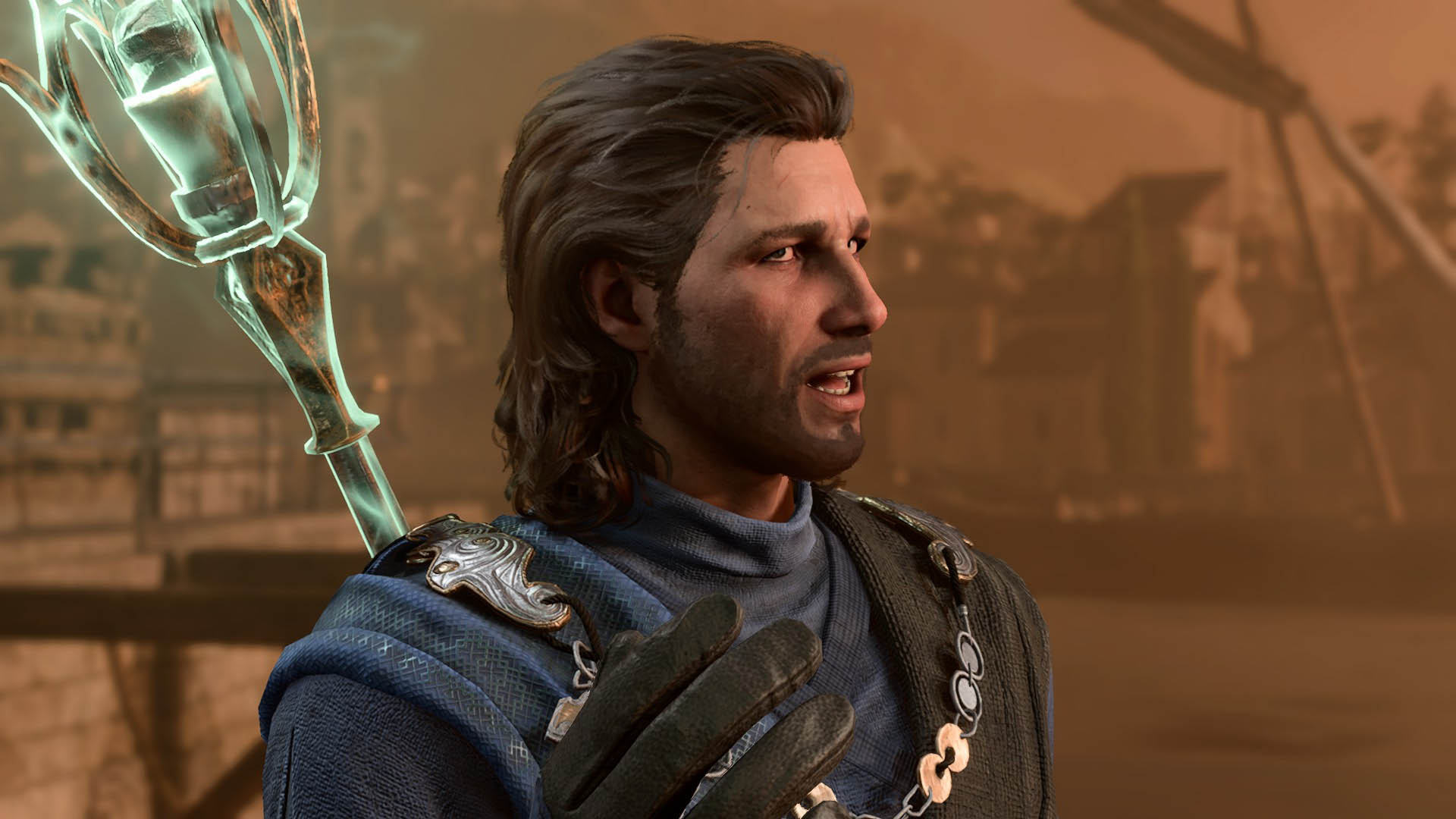
The Gale’s Sacrifice ending in Baldur’s Gate 3 occurs before the final battle and is tied to Gale’s character arc. If you’ve completed Gale’s companion quest and explored certain areas, you can trigger a sequence where he detonates a Netherese bomb, preventing the party from reaching the Netherbrain.
This results in the destruction of the Underdark and Baldur’s Gate, but it also prevents the Mind Flayers from taking over. This ending is often referred to as the “ugly” ending due to the catastrophic consequences.
To trigger Gale’s sacrifice ending in Baldur’s Gate 3, you need to meet the following conditions:
- Gale must be in your party: This is obvious, but essential.
- You must have progressed far enough in Gale’s quest: This involves understanding his motivations, the dangers of the Netherese Orb, and his growing obsession with it.
- The Netherese Orb must be in your possession: This item is crucial for Gale’s plan.
- You must reach the specific point in the game where Gale offers to use the Orb: This usually happens during a critical moment, often when confronted with a seemingly insurmountable obstacle.
If you let Gale use the Orb at this point, the game will end prematurely, skipping the final battle and most of Act 3.
Major characters that affect the Baldur’s Gate 3 endings
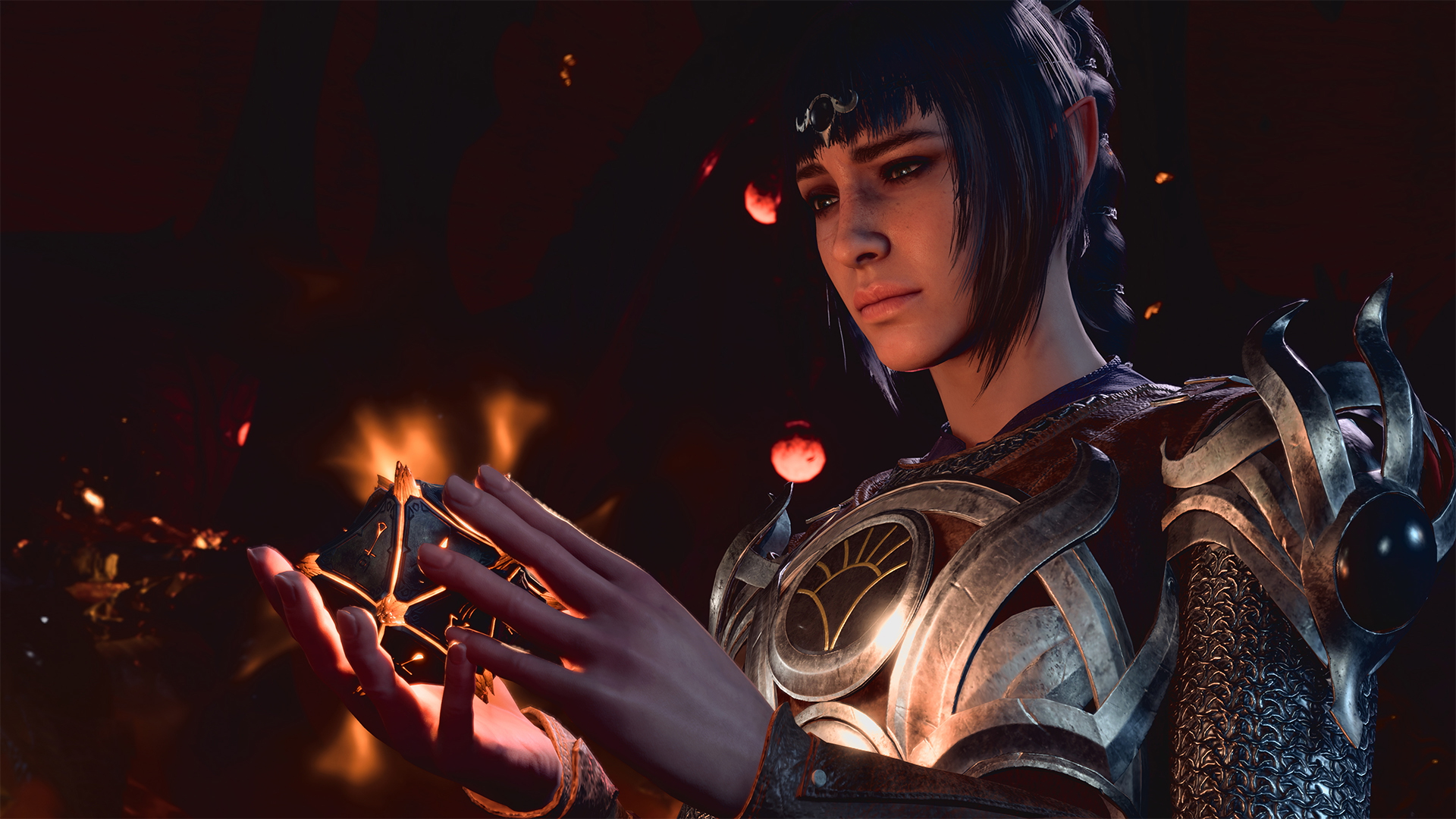
Your choices and interactions with certain pivotal characters greatly influence the ending of Baldur’s Gate 3. Here are some of the key characters that affect the Baldur’s Gate 3 endings:
Canon Characters who influence the endings
- The Absolute: The overarching entity who drives the Illithid invasion. You decide the ultimate fate of this being.
- Orpheus: Orpheus is the Githyanki Prince and a powerful Mind Flayer with a complex role in the story.
- The Emperor: The Emperor is a mysterious figure with a significant impact on the world.
- Bhaal: The god of murder, whose influence is felt throughout the game, particularly for Dark Urge characters.
- The Netherbrain: A powerful Mind Flayer entity controlled by Bhaal’s Chosen, with immense influence over the Illithid invasion.
Core Party Members
- Gale: His magical prowess and the ticking time bomb of his uncontrollable magic can drastically alter outcomes.
- Lae’zel: Her Githyanki heritage and ambition can influence both your party dynamics and the game’s overarching narrative.
- Shadowheart: Shadowheart’s connection to Shar and the nature of her faith can lead to unexpected twists.
- Astarion: His vampiric nature and complex backstory can impact your decisions and relationships.
- Karlach: Her infernal heritage and the ticking clock of her mechanical heart create a poignant storyline with multiple potential outcomes.
Looking For More About Baldur’s Gate 3?
Thank you for reading our article. We provide the latest news and create guides for Baldur’s Gate 3. Also, watch me play games on Twitch or visit my YouTube channel!
 Reddit
Reddit
 Email
Email
